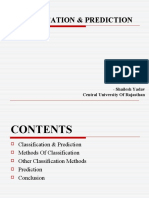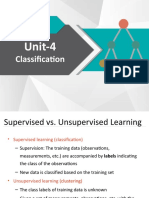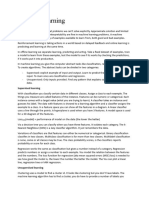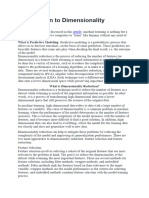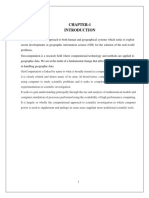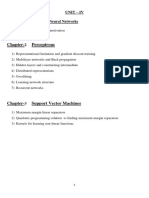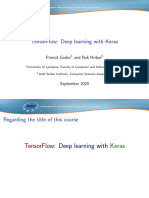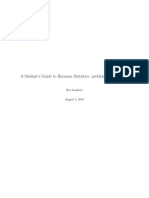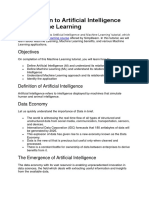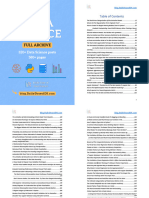0% found this document useful (0 votes)
17 views89 pagesMachine Learning Unit-2
The document provides an overview of classification and regression in machine learning, detailing the definitions, types of learners, classifiers, performance metrics, and various regression techniques. It explains the importance of assessing classification performance using confusion matrices and metrics like accuracy, as well as the role of regression in modeling relationships between variables. Additionally, it covers methods for estimating class probabilities and evaluating regression models through metrics such as Mean Squared Error (MSE) and Mean Absolute Error (MAE).
Uploaded by
apexgaming27889Copyright
© © All Rights Reserved
We take content rights seriously. If you suspect this is your content, claim it here.
Available Formats
Download as PDF, TXT or read online on Scribd
0% found this document useful (0 votes)
17 views89 pagesMachine Learning Unit-2
The document provides an overview of classification and regression in machine learning, detailing the definitions, types of learners, classifiers, performance metrics, and various regression techniques. It explains the importance of assessing classification performance using confusion matrices and metrics like accuracy, as well as the role of regression in modeling relationships between variables. Additionally, it covers methods for estimating class probabilities and evaluating regression models through metrics such as Mean Squared Error (MSE) and Mean Absolute Error (MAE).
Uploaded by
apexgaming27889Copyright
© © All Rights Reserved
We take content rights seriously. If you suspect this is your content, claim it here.
Available Formats
Download as PDF, TXT or read online on Scribd
/ 89

